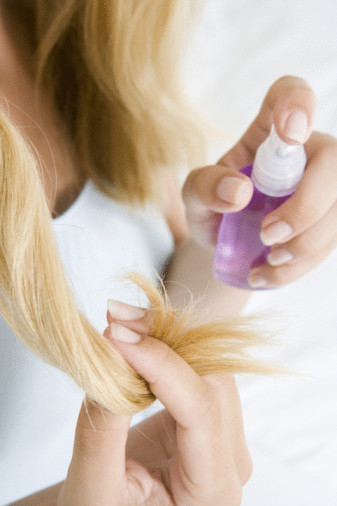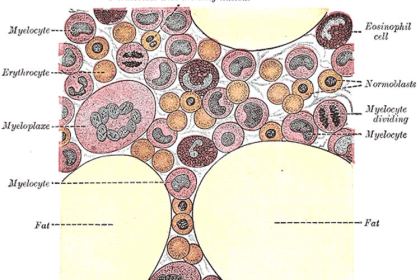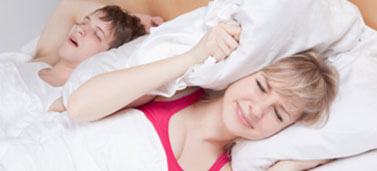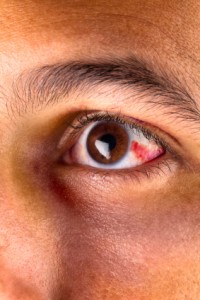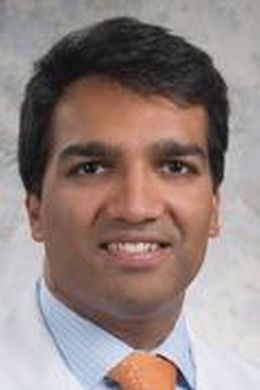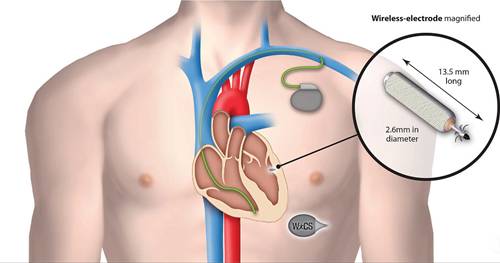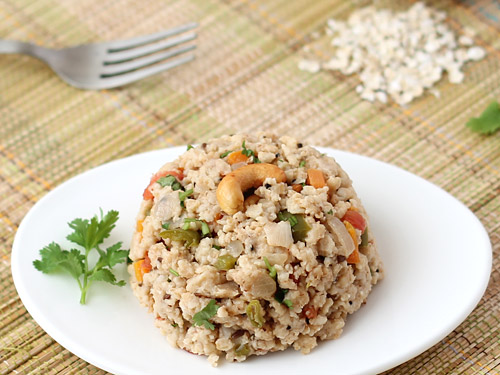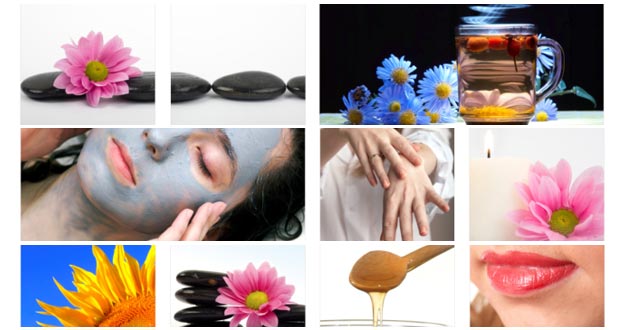Tips To Repair Split Ends
Split ends means your hair is not getting enough nourishment and lacks moisture. Harsh shampoos, sun exposure , blow drying, straightening, dyes and bleaches dry out the hair and damages the amino acids in your hair. Dry and damaged hair breaks easily while styling or brushing. If you think your hair is not growing fast then split ends could be the possible reason.
Here are some easy tips to cure split ends:
Alcohol Free Shampoo :
Avoid using shampoos that contain alcohol as it dries out hair. Use shampoos that contain natural ingredients. Also, Excessive washing with harsh shampoos makes your hair ends dry. You should not shampoo more than 3 times a week. It is better to wash your hair every alternate day than everyday. ALso, do not use hot water to wash your hair.
Let It Dry Naturally :
Avoid heat as much as possible. Heat is the worst enemy for your hair but its hard to completely avoid hair dryers and flat iron. It is best to apply a heat resistant serum to your hair before using heat. Towel dry your hair before drying, this way you minimize the damage of heat on wet hair. Also, use flat irons and curlers occasionally instead of everyday.
Get a Trim:
The best solution for split ends is to get a trim. You get split ends when you dont trim your hair for a long time. Always trim your hair once every 6-8 weeks to get rid of dry & weak parks and promote hair growth.
Treatments:
There are many treatments available which repair hair damage and provide moisture and nourishment. They can seal the split ends but not completely cure them so its better to use them with regular trimming to keep off split ends and help prevent future damage. Use a deep conditioner twice a week after you shampoo your hair. There are many easy homemade treatments that you can do to repair split ends.
Here are some easy homemade treatments for split ends :
Egg Mask :
Mix egg yolk in 3 tbsp olive oil and 1 tbsp honey. Gently massage this mask in your hair and cover with a shower cap. Leave it on for half an hour and wash it with a mild shampoo.
Oil :
Message your scalp with oil. Oiling regularly can restore moisture of your hair. Use olive oil, almond oil, coconut oil or a combination of these oils. Apply oil on your hair and message gently. Leave it on for about an hour then wash with shampoo.
Papaya Mask :
Papaya is rich in proteins which your hair needs in order to maintain its shine, moisture and growth. Mash 2 medium slices of papaya with a fork or in a blender. Mix 2 tbsp yogurt in it, apply it your scalp and hair.Cover your hair with a shower cap to lock the moisture. Leave it on for 30 minutes then wash with shampoo.
Honey rinse :
Another easy homemade conditioner for hair is honey. Mix 2 tbsp honey in 4 cups warm water and apply it to your hair after you shampoo/ condition your hair. Leave it in your hair. It will control hair dryness/frizz.
Source: 7beauty tips










